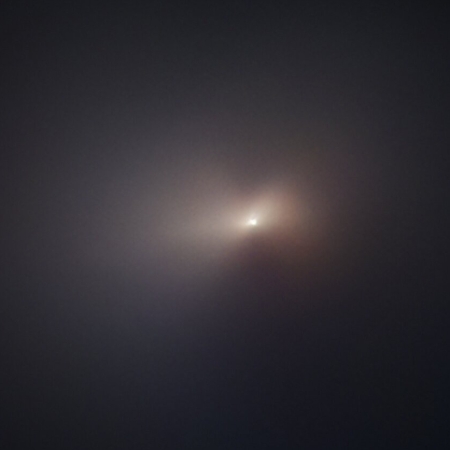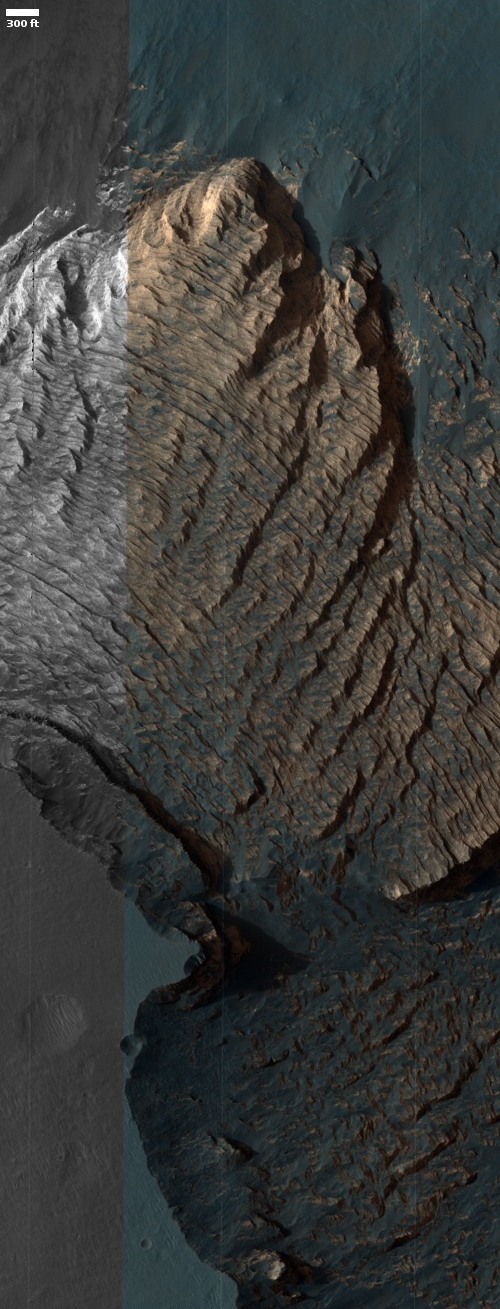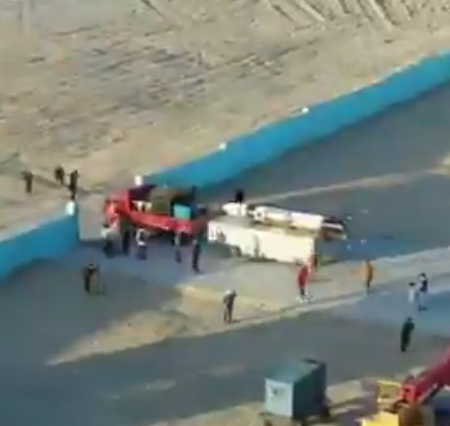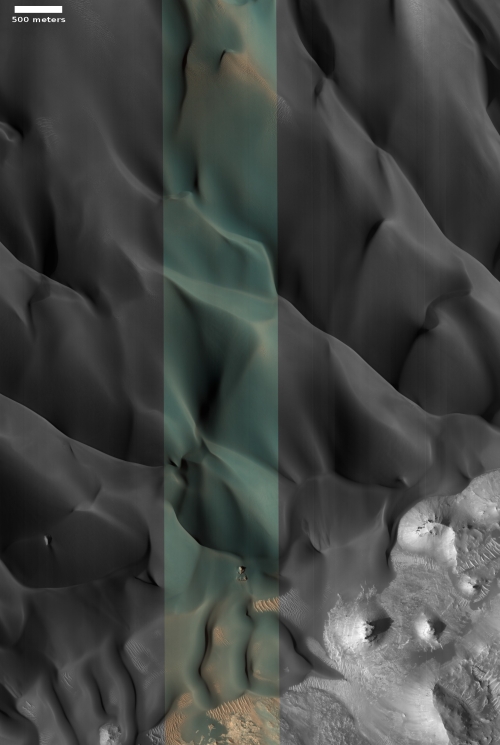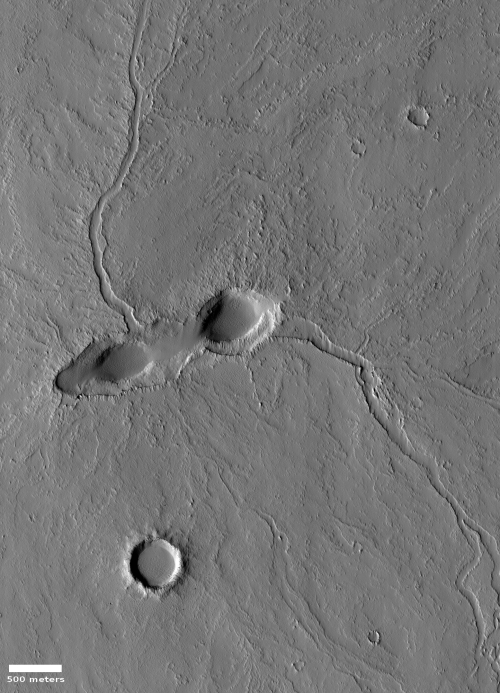Russia to spend $470 million to restore Sea Launch
The Russian government today revealed that it has agreed to spend $470 million to restore the Sea Launch floating launchpad.
Before Russia took possession the platform had been stripped of much of its equipment, probably as part of the final financial settlement with Boeing, which had once been a part owner (with Russia and the Ukraine). As part of the break-up of the company Russia had had to buy Boeing off (after many lawsuits) to gain full ownership.
As noted by Deputy Prime Minister Yuri Borisov, “It is a unique structure unparalleled in the world. Some have plans for building something similar. It would be very silly of us, if we decided against restoring the Sea Launch and using its services. Technically all this is possible.”
For Russia the platform gives them the potential of a launch site at the equator, something they have never had.
The Russian government today revealed that it has agreed to spend $470 million to restore the Sea Launch floating launchpad.
Before Russia took possession the platform had been stripped of much of its equipment, probably as part of the final financial settlement with Boeing, which had once been a part owner (with Russia and the Ukraine). As part of the break-up of the company Russia had had to buy Boeing off (after many lawsuits) to gain full ownership.
As noted by Deputy Prime Minister Yuri Borisov, “It is a unique structure unparalleled in the world. Some have plans for building something similar. It would be very silly of us, if we decided against restoring the Sea Launch and using its services. Technically all this is possible.”
For Russia the platform gives them the potential of a launch site at the equator, something they have never had.

